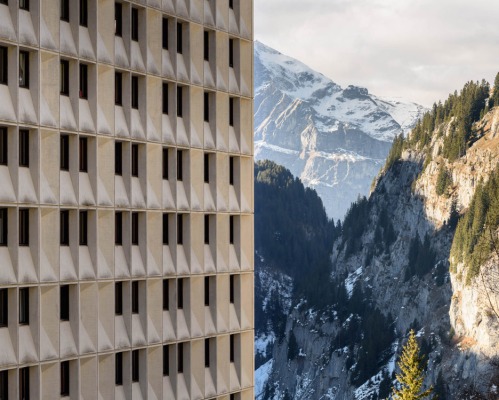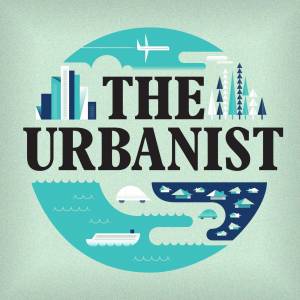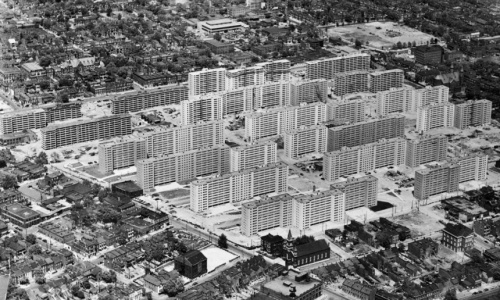How far is 5 min walking
by gailiute
Some time ago we had discussions why people do not choose public transport to reach university campus in Kaunas (Kaunas University of Technology campus), instead they drive cars even if they live in convenient location to a bus stops, close to campus, etc.
Well apparently taking a bus sometimes can take more than an hour to reach campus, while one can spend less than 15 minutes driving the same distance.
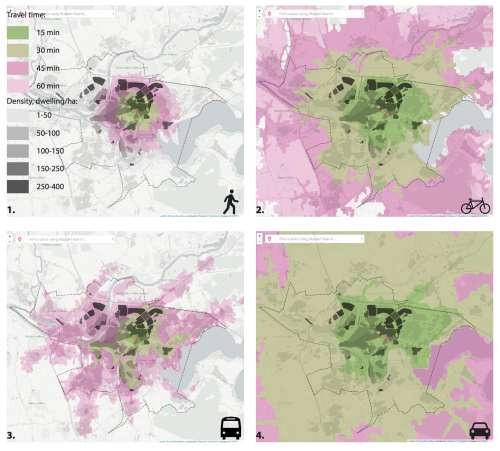
time spent travelling
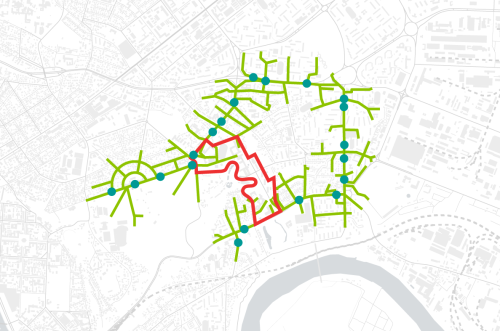
5min (400m) walking distance from bus stops
There are many reasons for such an inadequacy, starting from (probably) inefficient bus routes and bus stops that are quite far from campus itself.
This research is only small part of an ongoing project.
Eventual goal is to ensure sustainable future development of this campus. Making it better accessible by public transport instead of private cars is one small milestone to reach.

